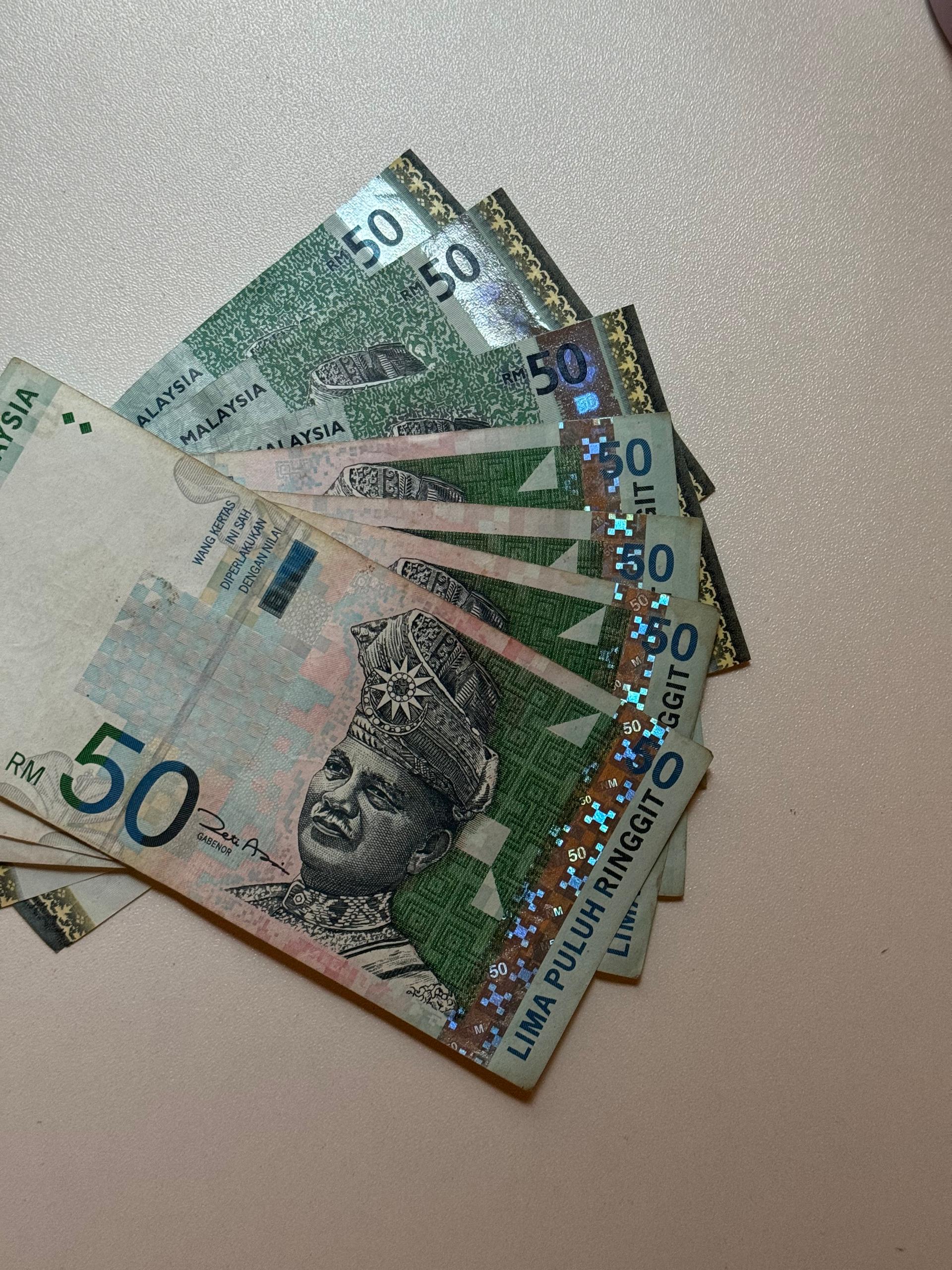The ringgit’s early strength on August 25 is the first clean read on a new global rate narrative. Jerome Powell used Jackson Hole to acknowledge softer labor momentum and a shifting balance of risks, and futures quickly leaned toward a September cut. That combination weakened the dollar and gave emerging-market FX room to breathe. In Kuala Lumpur, ringgit opens higher after Powell hint was not just a headline, it was the market’s way of repricing the path of US policy into Asian currencies.
At 8 a.m. local time, the ringgit firmed to 4.2035/2270 against the dollar from Friday’s 4.2245/2295 close, a roughly 210-pip improvement that lined up with the global dollar pullback after Powell’s remarks. The move came alongside a classic duration rally in Treasuries, with the two-year yield falling more than the 10-year as traders embedded a higher probability of near-term easing.
The yield curve’s message matters for Malaysia’s operators. By Friday’s close, the US two-year was about 3.68 percent, while the 10-year sat near 4.26 percent. That is a steepening impulse driven by front-end relief rather than growth optimism, which typically supports carry into higher-yielding Asian currencies on a tactical basis.
Powell’s language was careful, but markets heard an opening. Pricing for a September quarter-point cut climbed toward four-in-five odds, and the dollar’s initial slide has yet to fully unwind. For corporate treasurers in Malaysia, the signal is straightforward. Dollar strength that dominated much of the year is no longer a one-way trade, and hedging policies built on persistent greenback outperformance need review.
The ringgit’s early-session pattern also showed how selectively relief is flowing. Gains versus the dollar contrasted with softness against the pound, euro, and yen at the open, and a mixed read across ASEAN peers. This is a reminder that the driver is US-centric policy repricing, not a uniform rerating of Malaysia’s external position. The immediate catalyst was global, the cross-rates were local.
Context now shifts to sequencing. The Federal Open Market Committee meets on September 16–17, and the next two data prints, notably the PCE inflation gauge and August payrolls, will determine how forcefully the Fed validates market expectations. If the cut is delivered, front-end US yields can compress further, extending near-term support for EM FX. If the Fed hesitates, today’s relief becomes a test of positioning rather than a new regime.
For Malaysian corporates exposed to dollar invoices and commodity-linked inputs, this is the moment to reconsider tenor and mix in hedges. A stronger ringgit reduces near-term import costs, yet the underlying terms-of-trade and global demand picture have not materially changed. Strategy teams in consumer goods and tech assembly should treat the currency lift as optionality rather than windfall, prioritizing pricing discipline over promotional expansion until the Fed’s path is clearer.
Banks and NBFIs can expect cleaner client flows if volatility ebbs at the front end of the US curve. Funding desks should still plan for sporadic spikes around US data days, since the market is trading fine margins between growth caution and inflation stickiness. The same yield levels that helped the ringgit this morning can turn quickly if US inflation surprises. Keeping liquidity buffers slightly thicker into mid-September looks prudent.
For portfolio allocators, the steepening impulse hints at a modest rotation back into Asia carry, but the composition will matter. Markets that rely on high beta to global growth may attract fast flows and fast reversals. Malaysia’s case sits between defensiveness and cyclical exposure, which argues for steady, not speculative, inflows if US easing resumes. That positioning supports a ringgit that can grind firmer on good days without requiring outsized intervention on bad ones.
There is also a governance angle embedded in the global story. Political noise around the Fed in Washington has intensified. Markets will watch whether policy communication remains consistent into the September decision. Any perception of pressure on the central bank would widen risk premia and complicate the very currency relief that EMs enjoyed today. For Malaysia, clarity from the Fed is a macro stabilizer in its own right.
All of which explains why the immediate price action deserves attention, but not over-interpretation. Ringgit opens higher after Powell hint captures the day’s truth, yet the more durable story is about policy sequencing and data confirmation. If the Fed cuts on September 16–17 and signals tolerance for continued easing, Malaysia’s FX and funding backdrop enters a more supportive phase for the remainder of the year. If not, today’s move will read as a tactical bounce, not a directional turn.
This is not a retail trading call. It is a strategic reminder that currency cycles pivot around policy credibility and front-end rates. Powell offered the possibility of relief. The market marked it in. The next two weeks will tell us whether the policy path matches the price.





.jpg&w=3840&q=75)









